LAST DAY! ⏳ Secure top scores and your uni dream. 💡Only Rp 90,000 for 40 minutes. Offer ends MIDNIGHT!
LAST DAY! ⏳ Secure top scores and your uni dream.
💡Only Rp 90,000/hour TODAY. Offer ends MIDNIGHT!
LAST DAY! ⏳ Secure top scores and your uni dream. 💡Only Rp 90,000 for 40 minutes. Offer ends MIDNIGHT!
LAST DAY! ⏳ Secure top scores and your uni dream.
💡Only Rp 90,000/hour TODAY. Offer ends MIDNIGHT!

World-Class Education

Flexible Education

Career Opportunities

Vibrant Campus Life

Modern Culture
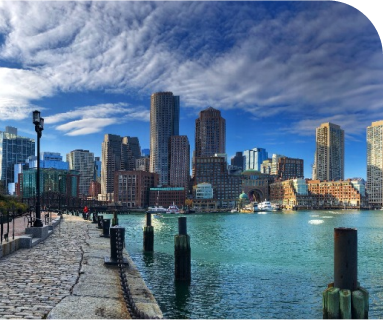



Here are some of the reasons why studying in America is a good idea:
International students often arrive in the United States to pursue their careers, despite the city’s top universities. Living expenses for these students can be high, including accommodation, meals, transportation, textbooks, weather-appropriate clothing, and entertainment. The cost of living depends on individual preferences and decisions. Estimating living costs depends on the city chosen. The average annual cost is 10,000 USD to 18,000 USD, with a monthly average of 1,000 USD to 1,500 USD. This reflects the high living costs for international students in the US.
Tuition Fee for International Students:
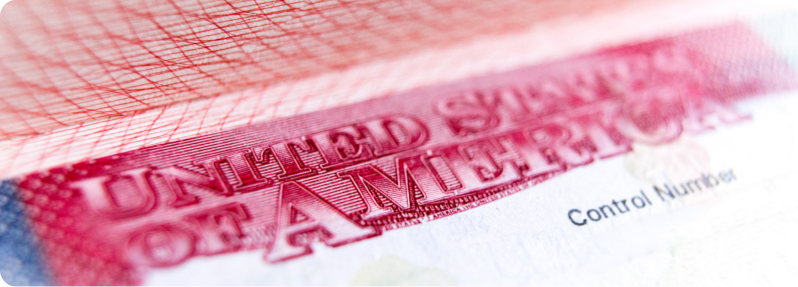
Obtaining a student visa is an essential step for international students planning to study in the United States. Typically, students need to secure an F-1 visa, which is specifically for academic studies, or an M-1 visa for vocational programs. The process involves first being accepted by a U.S. institution certified in the Student and Exchange Visitor Program (SEVP).
Once accepted, students receive a Form I-20, which is required for the visa application. The next steps include paying the SEVIS fee, completing a visa application form (DS-160), and scheduling a visa interview at a U.S. embassy or consulate. For the interview, students should prepare to provide proof of their academic plan, financial stability, and intent to return to their home country after their studies. The process can be intricate and varies based on individual circumstances, making early application and thorough preparation crucial.
Step to Obtain America Student Visa
To apply for a student visa to study in America, you’ll need the following:
Mandatory Group Plan
Discover the top-notch insurance plans that numerous prestigious colleges and universities in the United States mandate international students to procure. Our carefully curated plans come with meticulously predetermined coverage levels to ensure optimal protection and peace of mind for our valued customers.
Mandatory Group, with the option to Waive
Discover how certain colleges and universities offer students the option to conveniently opt-out of their institution’s insurance plan, provided they possess a pre-existing comprehensive plan that meets their individual needs. In order to ensure the successful approval of this process, it is imperative that students diligently complete a comprehensive waiver form, duly signed by both students and the insurance company.
Optional Plan
At some educational institutions in the United States, students are not required to have a health insurance plan with predetermined coverage. This means that they are free to select any plan they want. If your school allows you to choose your own health insurance plan, be sure to compare multiple options before making a decision.






If you are still wondering how to apply for health insurance in USA as an international student, here are some pointers:

• Texas A&M University
• Arizona State University
• Duke University

• Texas A&M University
• Arizona State University
• University of Illinois at Chicago
• Texas A&M University
• Arizona State University
• The University of Arizona

• University of Illinois at Chicago
• Texas A&M University
• The University of Arizona

• Arizona State University
• Texas A&M University
• The University of Arizona
| Accommodation expenses in America for international students | Expenses (approx) |
|---|---|
| Residence halls | 800 USD - 900 USD per month |
| Self-catered residence halls | 600 USD - 800 USD per month |
| Shared apartments | 400 USD - 600 USD per month |
| Luxury accommodation | 2,000 USD per month |
| Homestay | 300 USD - 500 USD per month |

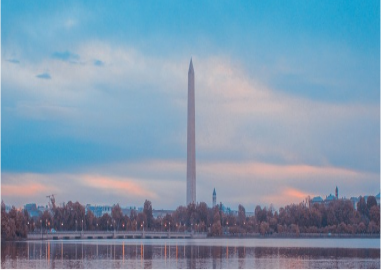
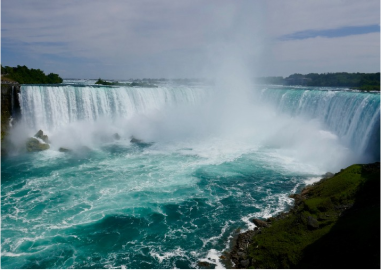
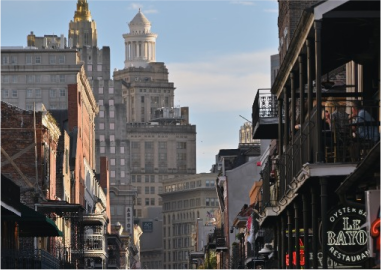
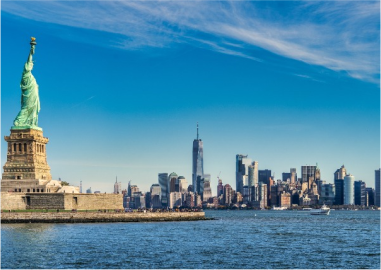
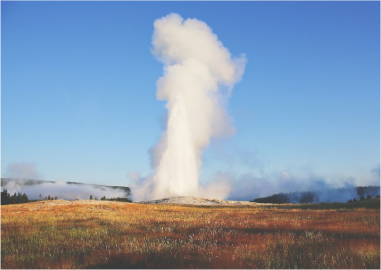
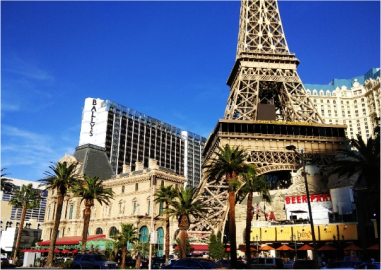


University fees in the US can be expensive, with living expenses at prestigious universities reaching around $60,000 annually. Many international students find themselves seeking part-time employment to cover these costs. This can be beneficial for students, as it allows them to build a strong resume and gain valuable experience in their field. However, the US government treats working illegally as a serious issue, and violating rules can lead to issues and potentially deportation. While working while studying is possible, it is crucial to navigate the work authorization process to avoid potential issues.
Benefit For Having F1 Student Visa
After completing necessary procedures and obtaining an approved F1 student visa, academic students can study in the United States at various institutions. However, there are limitations, such as a maximum of 20 hours of on-campus employment per week.
Type of Work America
• Off-campus employment with a US student visa
Off-campus employment is available to F1 students who have completed a full academic year and face economic hardships meeting Department of Homeland Security criteria. Two programs, Optional Practical Training (OPT) and Curricular Practical Training (CPT), are designed for students seeking experience in their field. Eligibility is determined by discussing eligibility with the Designated School Official (DSO).
• On-campus employment with a US student visa
A US student visa allows up to 20 hours of on-campus work per week during the school year and 40 hours during breaks. This includes work in university bookstores or cafeterias. To secure the position, submit an application 30 days before classes start and contact your designated school official.
The U.S., bordered by the Atlantic and Pacific Oceans, Canada, and Mexico, is the world’s third-largest country with diverse landscapes. It features hills and low mountains in the east, the vast Great Plains in the center, and rugged, sometimes volcanic, mountain ranges in the west. Alaska is known for its mountains and river valleys, while Hawaii is characterized by volcanic terrain. The U.S. climate varies from temperate in most areas to tropical in Hawaii and Florida, arctic in Alaska, and semi arid to arid in the western plains and Great Basin.
The United States, a federal republic comprising 50 states, is a prominent country located in North America. The United States boasts a remarkable geographical expanse, encompassing not only the 48 contiguous states nestled within the heart of the continent but also the illustrious state of Alaska, situated at the northwestern extremity of North America. Additionally, the United States proudly encompasses the captivating island state of Hawaii, nestled within the enchanting mid-Pacific Ocean. The conterminous states are geographically defined by their borders, which include the northern boundary with Canada, the eastern boundary with the Atlantic Ocean, the southern boundary with the Gulf of Mexico and Mexico, and the western boundary with the Pacific Ocean. The United States, ranking as the fourth largest country globally in terms of land area, follows only Russia, Canada, and China in this impressive metric. Welcome to our website! We are thrilled to provide you with valuable information about the national capital of the United States. As you may already know, the esteemed city of Washington, D.C. holds the prestigious title of being the federal capital region, established in the year 1790. It is worth noting that Washington, D.C. is coextensive with the District of Columbia, further enhancing its significance. Stay tuned as we delve deeper into the fascinating details of this historically rich and culturally vibrant metropolis.
Do’s
Don’ts

World-Class Education

Flexible Education

Career Opportunities

Vibrant Campus Life

Modern Culture




Here are some of the reasons why studying in America is a good idea:
International students often arrive in the United States to pursue their careers, despite the city’s top universities. Living expenses for these students can be high, including accommodation, meals, transportation, textbooks, weather-appropriate clothing, and entertainment. The cost of living depends on individual preferences and decisions. Estimating living costs depends on the city chosen. The average annual cost is 10,000 USD to 18,000 USD, with a monthly average of 1,000 USD to 1,500 USD. This reflects the high living costs for international students in the US.
Tuition Fee for International Students:

Obtaining a student visa is an essential step for international students planning to study in the United States. Typically, students need to secure an F-1 visa, which is specifically for academic studies, or an M-1 visa for vocational programs. The process involves first being accepted by a U.S. institution certified in the Student and Exchange Visitor Program (SEVP).
Once accepted, students receive a Form I-20, which is required for the visa application. The next steps include paying the SEVIS fee, completing a visa application form (DS-160), and scheduling a visa interview at a U.S. embassy or consulate. For the interview, students should prepare to provide proof of their academic plan, financial stability, and intent to return to their home country after their studies. The process can be intricate and varies based on individual circumstances, making early application and thorough preparation crucial.
Step to Obtain America Student Visa
To apply for a student visa to study in America, you’ll need the following:

• Texas A&M University
• Arizona State University
• Duke University

• Texas A&M University
• Arizona State University
• University of Illinois at Chicago
• Texas A&M University
• Arizona State University
• The University of Arizona

• University of Illinois at Chicago
• Texas A&M University
• The University of Arizona

• Arizona State University
• Texas A&M University
• The University of Arizona
| Accommodation expenses in America for international students | Expenses (approx) |
|---|---|
| Residence halls | 800 USD – 900 USD per month |
| Self-catered residence halls | 600 USD – 800 USD per month |
| Shared apartments | 400 USD – 600 USD per month |
| Luxury accommodation | 2,000 USD per month |
| Homestay | 300 USD – 500 USD per month |

Register With Gold Star Education And Talk With Our Expert Counsellor








University fees in the US can be expensive, with living expenses at prestigious universities reaching around $60,000 annually. Many international students find themselves seeking part-time employment to cover these costs. This can be beneficial for students, as it allows them to build a strong resume and gain valuable experience in their field. However, the US government treats working illegally as a serious issue, and violating rules can lead to issues and potentially deportation. While working while studying is possible, it is crucial to navigate the work authorization process to avoid potential issues.
Benefit For Having F1 Student Visa
After completing necessary procedures and obtaining an approved F1 student visa, academic students can study in the United States at various institutions. However, there are limitations, such as a maximum of 20 hours of on-campus employment per week.
Type of Work America
• Off-campus employment with a US student visa
Off-campus employment is available to F1 students who have completed a full academic year and face economic hardships meeting Department of Homeland Security criteria. Two programs, Optional Practical Training (OPT) and Curricular Practical Training (CPT), are designed for students seeking experience in their field. Eligibility is determined by discussing eligibility with the Designated School Official (DSO).
• On-campus employment with a US student visa
A US student visa allows up to 20 hours of on-campus work per week during the school year and 40 hours during breaks. This includes work in university bookstores or cafeterias. To secure the position, submit an application 30 days before classes start and contact your designated school official.
The U.S., bordered by the Atlantic and Pacific Oceans, Canada, and Mexico, is the world’s third-largest country with diverse landscapes. It features hills and low mountains in the east, the vast Great Plains in the center, and rugged, sometimes volcanic, mountain ranges in the west. Alaska is known for its mountains and river valleys, while Hawaii is characterized by volcanic terrain. The U.S. climate varies from temperate in most areas to tropical in Hawaii and Florida, arctic in Alaska, and semi arid to arid in the western plains and Great Basin.
The United States, a federal republic comprising 50 states, is a prominent country located in North America. The United States boasts a remarkable geographical expanse, encompassing not only the 48 contiguous states nestled within the heart of the continent but also the illustrious state of Alaska, situated at the northwestern extremity of North America. Additionally, the United States proudly encompasses the captivating island state of Hawaii, nestled within the enchanting mid-Pacific Ocean. The conterminous states are geographically defined by their borders, which include the northern boundary with Canada, the eastern boundary with the Atlantic Ocean, the southern boundary with the Gulf of Mexico and Mexico, and the western boundary with the Pacific Ocean. The United States, ranking as the fourth largest country globally in terms of land area, follows only Russia, Canada, and China in this impressive metric. Welcome to our website! We are thrilled to provide you with valuable information about the national capital of the United States. As you may already know, the esteemed city of Washington, D.C. holds the prestigious title of being the federal capital region, established in the year 1790. It is worth noting that Washington, D.C. is coextensive with the District of Columbia, further enhancing its significance. Stay tuned as we delve deeper into the fascinating details of this historically rich and culturally vibrant metropolis.
Do’s
Don’ts
Customer Service
Customer Service

Enhance your platform experience to the fullest.
Register now and unlock a world of exclusive benefits tailored just for you.